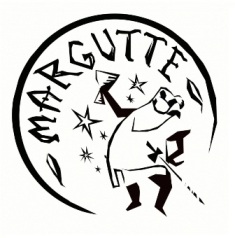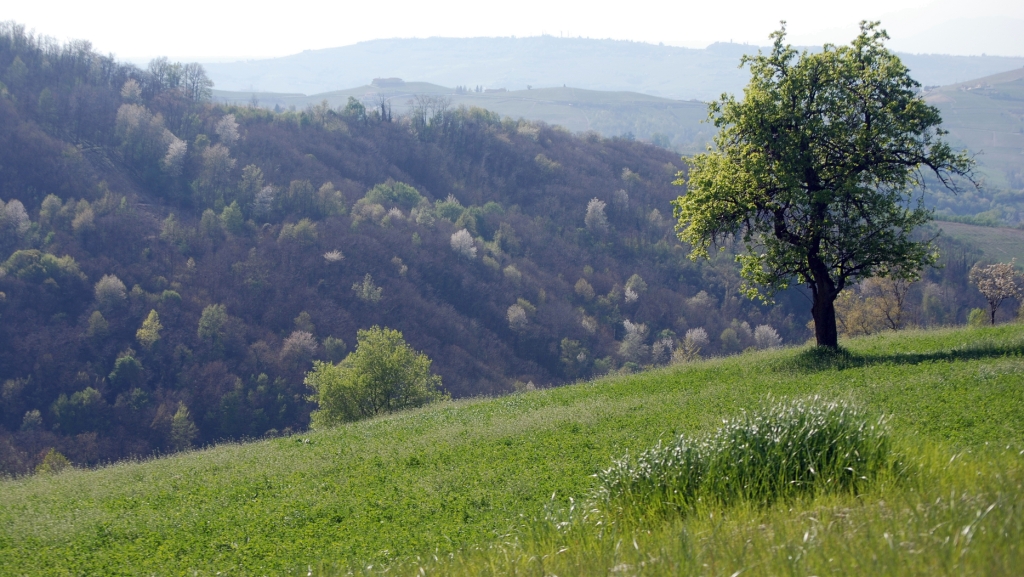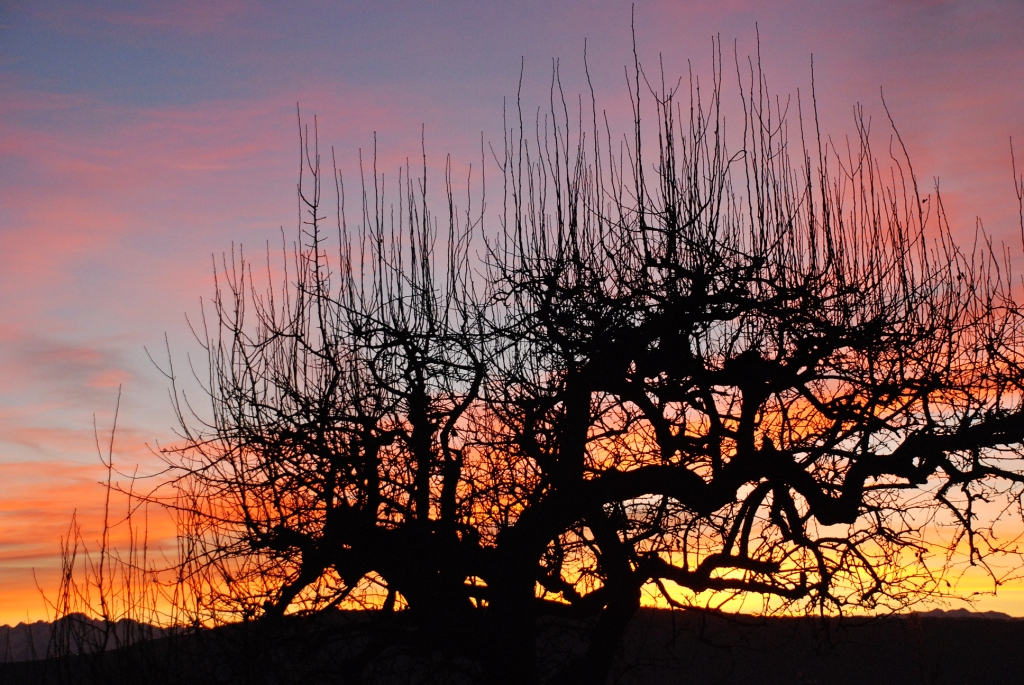RICHARD BERENGARTEN
Twelve propositions [1]
1. TREE is a chant poem that sings the tree. As a tree itself is a harp that plays itself by itself in and on the wind, so TREE plays on and along the human voice and breath to sing the tree.[2]
2. TREE is a chant poem that treats trees as treasures. A single large tree can provide a day’s supply of oxygen for four people.
3. TREE implicitly advocates and defends trees in a spirit of reciprocity for their defence of us by perpetuating our air. TREE is a panoply (‘a complete suit of armour’) of and for trees.[3] TREE treats trees as the friends, allies and protectors of humans.
4. TREE constitutes a plea for more trees, for plantings of richer, larger and more and more attentively cared-for and lovingly protected trees and clusters of trees – in yards, gardens, arbours, parks, spinneys, orchards, woods, forests, jungles; and along, beside, lining, and bordering alleys, lanes, streets, avenues, boulevards, highways, byways, plots, fields, canals, rivers, and deserts. Trees limit deserts and shrink wastes. TREE invokes the defence of trees by trees.
5. TREE treats trees as protectors of all life. Creating arbours and gathering in them, trees harbour millions of living species – of all families, orders, classes, domains, etc. TREE is a call to reverse the mass-destruction of trees. Trees in their wild woods (‘Walden’)[4] widen, deepen and strengthen fertile wildnesses. Trees chime: arbour : harbour : armour : amour : amor : amore.
6. TREE celebrates all trees: all individual trees and all species and varieties of trees. Trees themselves, and in and for and of themselves, are beautiful, noble, and inspirational: ‘breathful’.[5]
7. TREE celebrates trees because they are beautiful. Reclamation of spaces for trees and their planting means reclaiming beauty. TREE reaffirms, reconfirms, reiterates, reasserts beauty.
8. The tree that TREE celebrates, calls and recalls is a tree that is definite and indefinite, particular and abstract, real and symbolic, physical and theoretical, tangible and intangible, above and below, here and there, nowhere and everywhere. This is a tree that is one and many; it is this tree and that tree; it is any tree and every tree.
9. The tree that is TREE is your tree (whether you means one or many) and my tree, his tree and her tree, their tree and our tree. It belongs to everyone and no-one. It is a tree that is both a tree and no tree: a not-tree and not-a-tree, a tree that is nevertheless still and always a tree and no more than a tree.
10. The tree that is TREE is ancient and modern, past, present, and future, deciduous and evergreen, durable and transient. Oscillating between implicate and explicate conditions,[6] this is a tree that is fragile and flexible yet strong and stable, unyielding and unchanging yet ever-moving and self-transforming. This is a tree of life and death, and of birth and rebirth; of creation, destruction, and re-creation; a tree of being and becoming, and not-being and being again.
11. TREE is a chant-poem about a tree, for a tree, and addressed to a tree. TREE is a chant-poem that is itself a tree.
12. TREE is a tree that sings itself and itself sings.
Cambridge
July 16–18, and August 5–6, 2017
(Photo: Bruna Bonino)
This essay can also be read in a pdf version here: Concerning “Tree”: Twelve Propositions
Related articles:
The Albero Project (Richard Berengarten’s Introduction)
A Forest of Trees (versions in different languages)
A Dendrology: Twelve Propositions
“Tree” by Richard Berengarten (an essay by Stefano Maria Casella)
For more articles on the Festival of Trees, click on the tag.
Notes
[1] This set of propositions is dedicated to Silvia Pio and Attilio Ianniello. It is written to be published at the same time as the performance of Silvia’s Italian translation of the 365-line chant poem Tree (Albero) at the Festa degli Alberi (Festival of Trees) in Mondovì, Piedmont, Italy, on October 1st 2017. The text is also designed to accompany the publication in Margutte of versions of Tree in ten languages, thus inaugurating the Tree / Albero multilingual translation project. The number nine (the translations done to this day, three to the power of two, invokes the Muses.
[2] The name of the wind-harp that is the tree is ‘Aeolian’. Αἴολος was the god of the wind who blew from the Aeolian Islands or Aeolian coastline in the north-west of Asia Minor.
[3] Greek πανοπλία meant ‘the full armour of the hoplite’ (ὁπλίτης, ‘foot-soldier, i.e. ‘armoured person’): from ὅπλον, ‘weapon, piece of armour, heavy shield, plural ὅπλα’). Oxford English Dictionary online.
[4] See Henry D. Thoreau, Walden; or, Life in the Woods, Anchor Books, USA, 1973.
[5] From Latin spirare, ‘to breathe’. Consider our words respire, respiration, etc.



